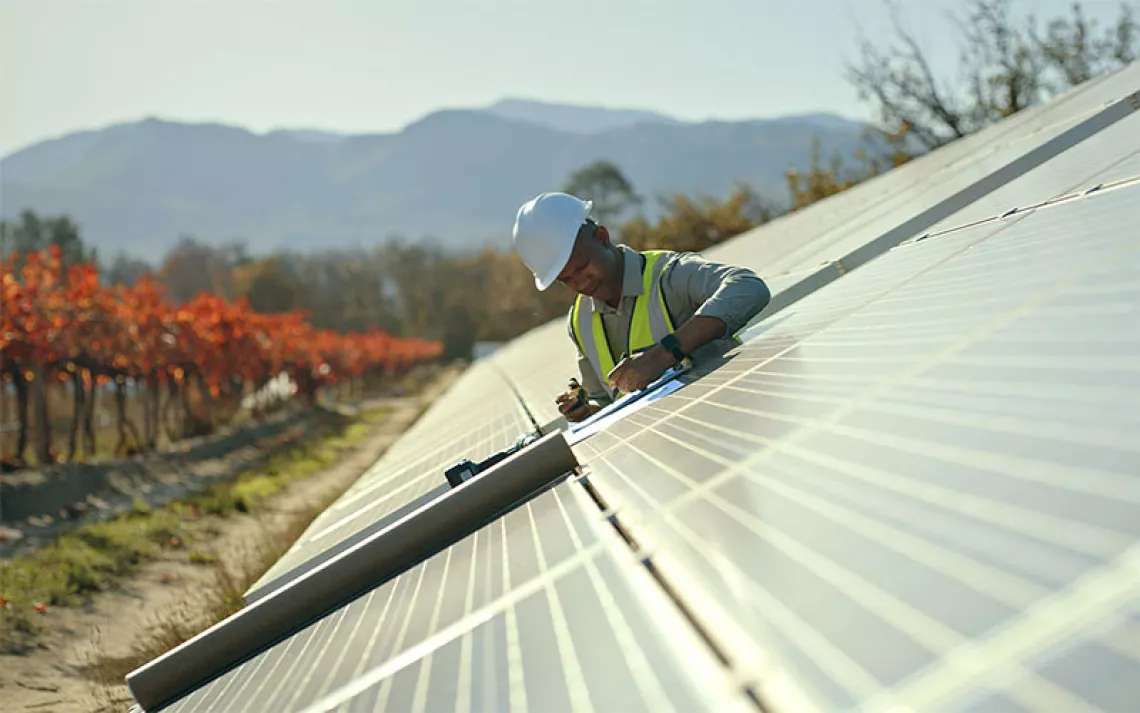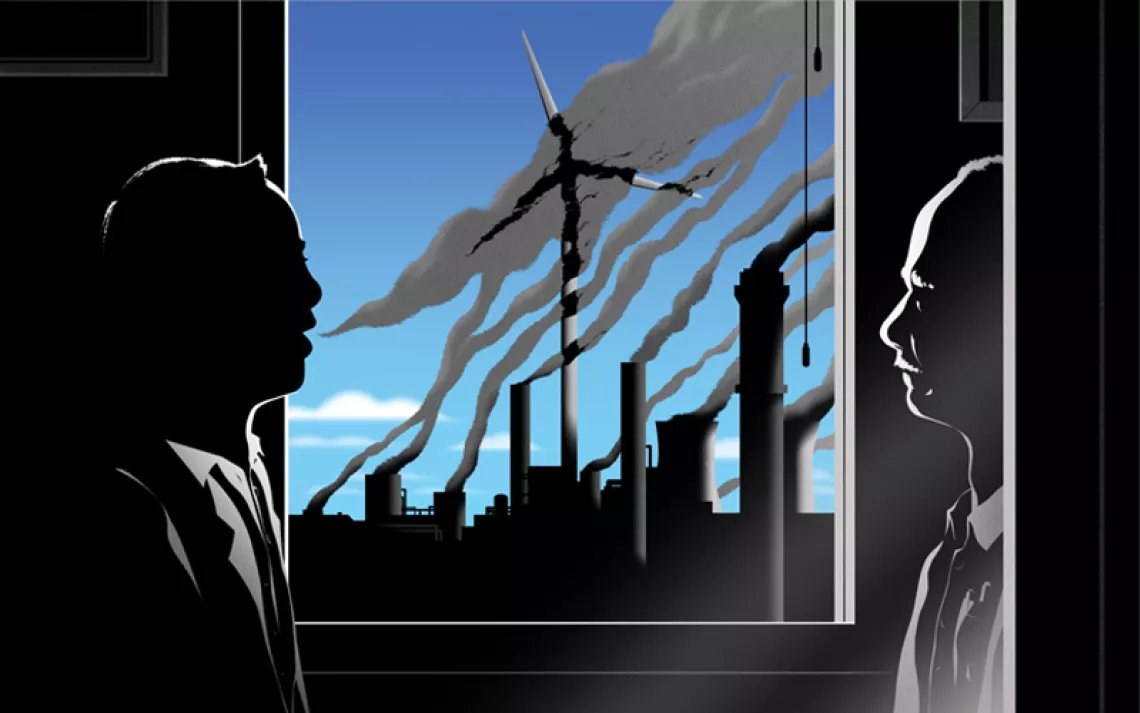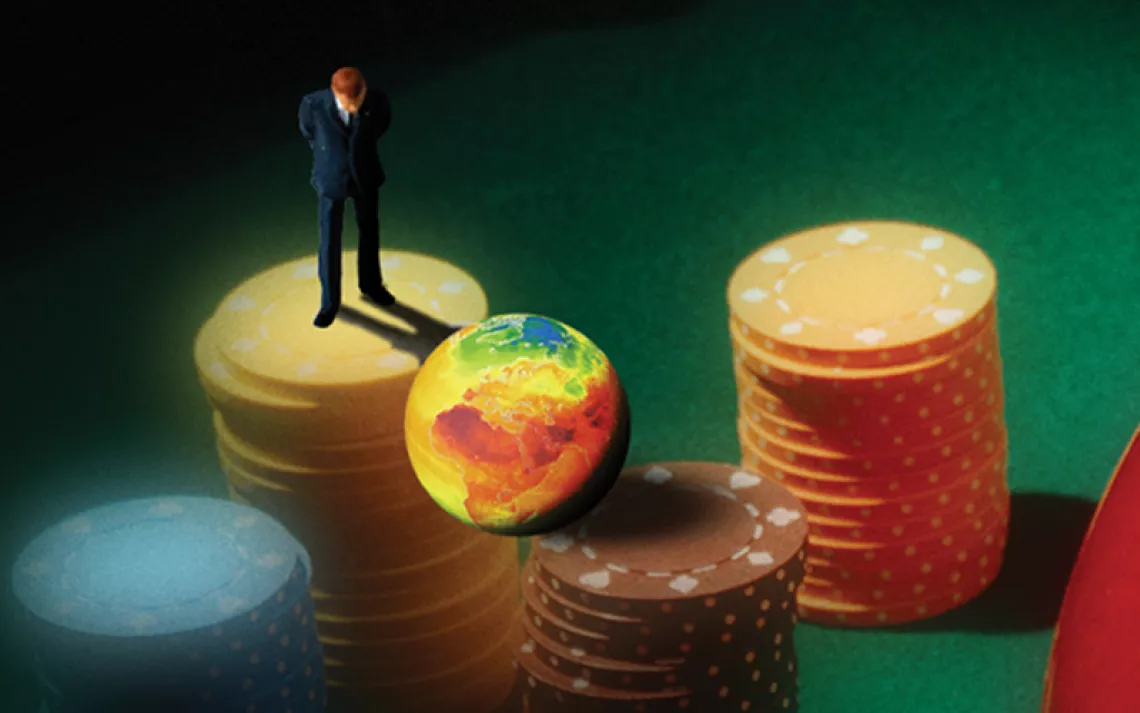In Search of the Electric Lowrider
As a kid in East L.A., Alvaro Sanchez learned the importance of shade
Adapted from an interview with Alvaro Sanchez by Lewis Page.
I was born in Mexico City. When I was three, my father lost his job at a tire factory, so we moved up to Los Angeles to pursue a better life. It was tough for my parents. They worked in the garment industry, in sweatshops. They managed to gain some wealth and move back to Mexico to start a business making clothing. Things went well until NAFTA hit and the US garment industry migrated to Mexico. My family's business couldn't compete, so we moved back to L.A. when I was 11.
It was a lot more difficult the second time. When we first moved to L.A., we were living in South Central. It was a good neighborhood—largely African American, with a small, tight-knit Latino community. We lived close to USC and the Coliseum, and I always noticed how much better maintained those spaces were than the rest of the neighborhood. But it was a nice place to live overall.
The second time, we lived in East L.A. It was more familiar in a way—it was predominantly Hispanic—but there was a constant movement of cars, not a lot of tree canopy, concrete everywhere. It was the first time I noticed how hot L.A. gets. When I played basketball, my feet would get burned through the soles of my shoes. When I waited for the bus—often for 30 or 45 minutes—I would seek out the little bit of shade that a light pole provided.
I spent one summer working in a sweatshop. My role was to attach a drawstring to a wire hanger, then loop that through sweatpants and pull. And repeat. I was paid by the piece. There were no windows, and no one talked. Everyone just deals, heads down, headphones in, eight hours a day. I decided that I would try to stay away from that kind of employment and to help others do the same.
By 2012, I was working at an affordable-housing developer. But in the wake of the recession, there wasn't a lot of money flowing into housing, so I stepped away. A friend told me there was a position open at Green for All. I didn't feel qualified but applied anyway and got the job, working on green infrastructure for stormwater. A lot of heavily paved neighborhoods with old drainage infrastructure faced problems with flooding. We worked with local utilities to encourage them to install permeable pavement, plant trees, and naturally mitigate spillover.
Working with different communities across the country, I started to notice patterns. Why did this neighborhood in Syracuse or that area in Philadelphia look so much like East L.A.? I started to learn about urban development, redlining, and how and why highways were built in and on top of low-income areas.
In 2014, I found a position at the Greenlining Institute, where I'm now the director of environmental equity. One of my roles is to help direct 35 percent of the revenue from the state's cap-and-trade program (the Greenhouse Gas Reduction Fund) into state-designated priority communities. What a community really needs is often different from what you might think it needs. You wouldn't know how important a shady bus stop in East L.A. could be if you didn't ask. When we started working in Huron, outside Fresno, we learned that a lot of people had trouble getting to the hospital. It was 52 miles away—not too long by car, but a three-hour bus ride. People called raiteros would sell rides into town so people could make their appointments. But driving old Pintos, the raiteros just barely made ends meet, and the cars were contributing to the serious air pollution in the Central Valley. So when a local group came up with an electric-vehicle ride-sharing program called Green Raiteros, we helped them get the resources and technical expertise they needed. We now have a physical depot with a few Chevy Volts—people call in, and the service pays drivers a living wage. It's a great program.
California has a number of subsidy programs for electric vehicles, but they're all underutilized, partially because people—especially poorer people of color—don't feel ownership over this vision of the future. I'm hoping we can change that. I have a friend down in San Diego who's working with the San Diego Lowrider Council to build an electric lowrider. When it's finished, sometime early next year, we're going to bring it to different neighborhoods, show it off, let people ride along, and use that as a tool to get people thinking about what could be.
This article appeared in the September/October 2019 edition with the headline "The Importance of Shade."
This article was funded by the Sierra Club's Beyond Coal campaign (beyondcoal.org).
 The Magazine of The Sierra Club
The Magazine of The Sierra Club







